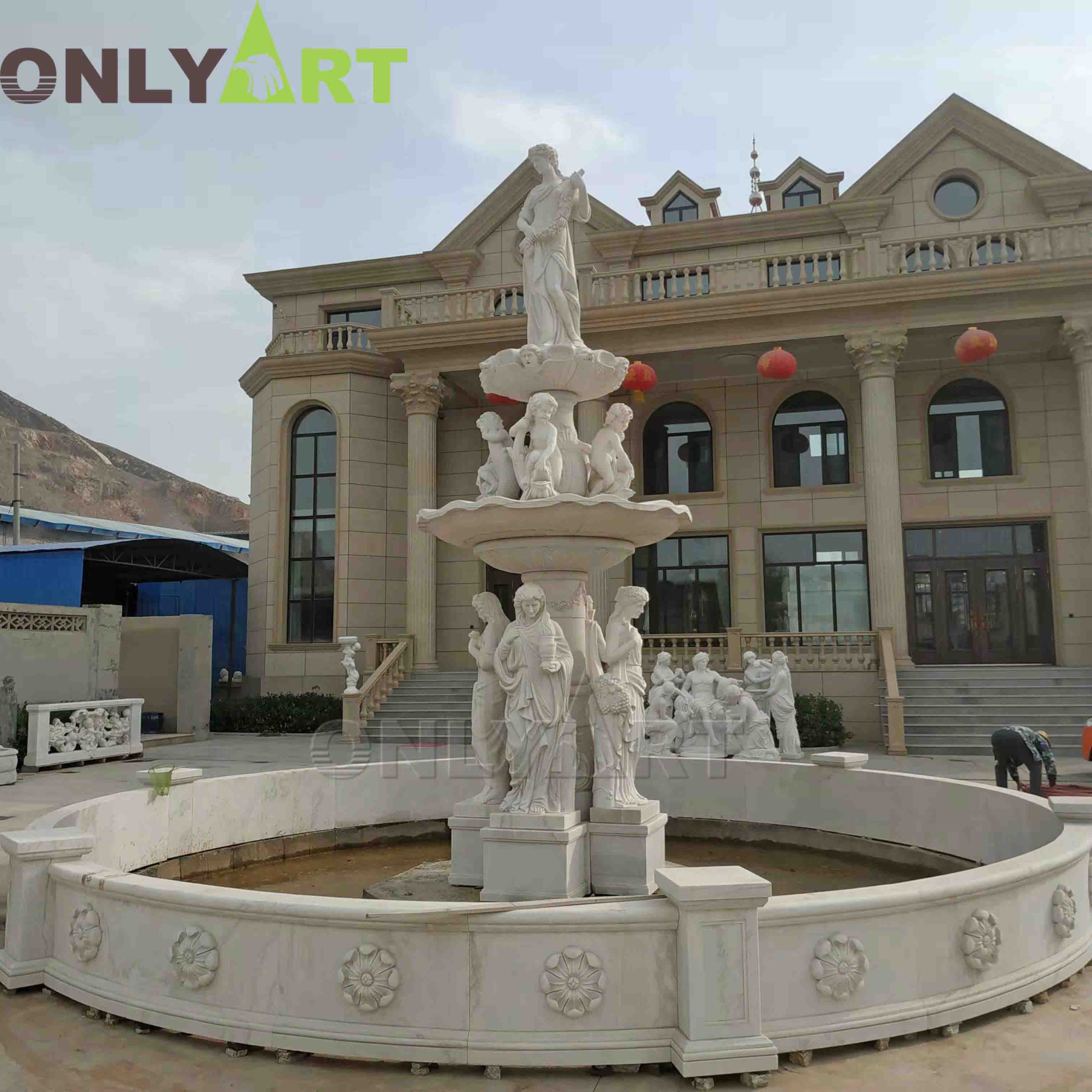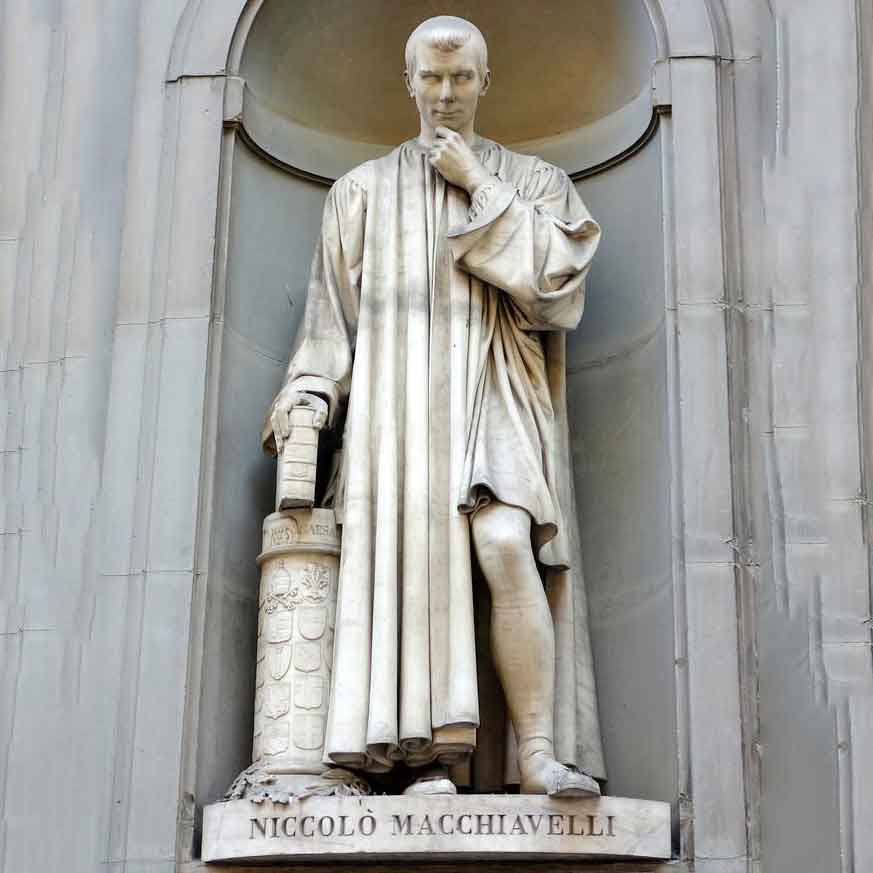What Does the Thinker Statue Symbolize?
This article will introduce The Thinker Statue symbolic meaning and other information of the thinker from various aspects. You can better understand the thinker statue in an all-round way through this article. We at Onlyart can also help you customize this sculpture. If you like, please contact us to get more photos and price lists. We will reply to you within 24 hours.
What Does the Thinker Statue Symbolize?
The Thinker Statue Symbolizes the human spirit of thinking and the determination to explore the unknown world.deep thought and human intellectual thinking ability.

What Does the Thinker Represent?
The Thinker Statue is an iconic sculpture by French sculptor Auguste Rodin, originally designed to depict the gates of Hell in Dante Alighieri’s epic poem The Divine Comedy. The sculpture depicts a serious man sitting at the gate of Hell, meditating and gazing down.
Thinkers and Practitioners
Thinkers are those who can draw ideas, views, principles and methods from practice. They are good at analysis and summary, can summarize experience and feelings into ideas, and verify and improve these ideas through practice. Thinkers are not just theorists, but also those who practice and think with their hearts.
Analysts and Innovators
Thinkers are good at analysis, generalization, association, inspiration and hypothesis, which enable them to discover problems and propose solutions. They pursue knowledge and truth, like to conceptualize things, are good at answering various questions, and can predict development trends.
Humanists
Thinkers usually have profound humanistic thoughts, and they are full of sympathy and concern for the suffering and fate of mankind. Through their works and words and deeds, they are committed to promoting social progress and civilization.
Sculpture “The Thinker“: symbolizes the human spirit of thinking and the pursuit of truth.
The Thinker Statue Meaning:
The Thinker Statue is a representation of the human mind and its ability to think. The statue is a physical manifestation of the abstract concept of “thought” or “wisdom.”In the context of the statue, the human figure is depicted sitting, as if lost in thought.
This guy thinking man statue is intended to convey the idea that the human mind is capable of deep reflection and intellectual processing.The Greek solution to represent thought was to create a statue of a goddess of thought or wisdom, which is a more symbolic approach to capturing the essence of the concept.

Where is the Original Thinker Statue?
In the center of “The Gates of Hell”.
The Thinker statue was created by French sculptor Rodin and was originally designed as part of the “Gate of Hell” installation art. This statue was enlarged into an independent statue by Rodin between 1902 and 1904 and placed in the center of “The Gates of Hell”. The statue depicts a primitive man who sits on a stone, with one hand supporting his chin and the other hand on his knees, bowing his head in thought.
The location of the “Thinker” statue is right above the center of “The Gates of Hell”, which makes it the focus of the entire installation and symbolizes the pain and power of thinking. Through this statue, Rodin vividly expresses the inner struggle and reflection of human beings when facing suffering and sin.

Why is The Thinker Statue Important?
The bronze Thinker is a greek sculpture created by French sculptor Auguste Rodin. Its importance is reflected in many aspects:
Profound theme
The theme of The Thinker focuses on human death, suffering and thinking. Through this statue, Rodin explored the inner state of human beings when facing ultimate problems, reflecting a deep compassion for the world.
Artistic expression
Rodin used realistic techniques to vividly express the spiritual world of human beings through the image of The Thinker. The figure in the statue sits with his head bowed, holding his head with both hands, and falls into deep contemplation. Although his movements are unnatural, they can convey strong ideological conflicts and inner pain.
Symbolic meaning:
This statue symbolizes the great power of thinking. Rodin concretized the abstract concept of “thought” into a dynamic figure, allowing the audience to intuitively feel the power and importance of thought.
Eternal value
The statue of The Thinker is considered a classic in 20th century art because of its profound symbolic meaning and eternal artistic value. It not only enjoys a high reputation in the art world, but also has a profound impact on future generations. 5. Humanistic spirit: The statue embodies the humanistic spirit of the Renaissance, emphasizes the value and dignity of human beings, and still has important enlightenment effect on modern art and thought.
So this The Thinker Statue sculpture is very important to us now.

What is the Thinker Thinking?
Thinkers thinking in many aspects, mainly including the following:
Thinking process:
Thinkers often repeatedly ponder their thinking process, believing that thinking is not automatic, but needs to be constantly repaired and adjusted.
Thoughts and actions:
Thinkers realize that thoughts and actions are inseparable, their thoughts are expressed through actions, and actions are guided by thoughts.
Analysis and problem solving:
They are good at logical reasoning and analysis, and use scientific methods to solve problems. This includes mathematical calculations, understanding language structure and logical reasoning.
Self-cognition:
Thinkers focus on self-cognition, trying to surpass themselves by understanding themselves, and solve inner conflicts and confusions.
Habits and imitation:
Because thinkers always feel the pain brought by thoughts, they form behavior patterns that act without thinking and rashly through imitation and habits.
Awareness and order:
Thinkers generate order through awareness, but will not easily form habits. They resist the unknown and always switch between the known and the habit.

What is The Thinker statue trying to tell?
The Thinker Statue want to tell us: Establish self and pursue selflessness.
The specific image of the statue The statue of “The Thinker” presents a strong adult man who sits on a stone with his head bent and his chin supported. His palms and arms are exaggeratedly thick, and the length of his hands and feet is also proportional to his torso. These details make the statue unique and eye-catching.
The thoughts expressed Rodin vividly expresses the inner emotions and thoughts of the character through the sculpture of “The Thinker”. In particular, the expression on his face and the posture of his body convey a deep melancholy and sadness, which is not limited to the surface, but permeates the expression of the whole body. This ideological connotation makes the statue full of the sculptor’s profound thinking about human existence and the inner world.
When Rodin created “The Thinker”, it was the 19th and early 20th centuries. Western society experienced drastic changes and people generally pursued higher levels of wisdom and understanding. “The Thinker” is therefore regarded as a symbol that inspires people to think deeply and explore. This statue is not only a work of art, but also a masterpiece that can trigger people’s deep reflection and resonance.

The Thinker Statue Details:
A muscular man sat on a big rock, with his right hand under his chin and his left hand on his knee. He frowned and looked at the ground, as if he was thinking about something and conveying something to us.

How Many Rodin Thinkers are There?
Auguste Rodin’s famous sculpture The Thinker exists in multiple versions around the world. Rodin originally conceived it in 1880 as part of his larger work The Gates of Hell. Since then, multiple casts have been made.
Original and posthumous casts:
The Musée Rodin, Paris, authorized the creation of approximately **28 full-scale bronze casts** of The Thinker during Rodin’s lifetime and posthumously. These works can be found in major museums and locations around the world, such as the Musée Rodin, Paris, the Rodin Museum, Philadelphia, and the Metropolitan Museum of Art, New York.
Smaller versions:
In addition to the full-scale version, Rodin also produced many smaller versions and studies in different sizes and materials, including plaster and marble.
In total, the official versions of The Thinker (in all sizes and materials) number over 50, in a variety of sizes, and are housed in different collections and public spaces.

Why did Rodin Use the Nude Statue?
Rodin used the nude statue to represent intellect as well as poetry. The statue in question was a part of a commission for the Museum of Decorative Arts in Paris, and it was completed in 1902. Rodin wanted a heroic figure that symbolized both intellect and poetry, and the nude statue provided a perfect representation of this idea. The statue was made public two years later, in 1904.

What does the Statue of The Thinker Convey?
The Thinker Statue is a famous sculpture by French artist Auguste Rodin, originally created as part of the larger work The Gates of Hell. The sculpture is known for its depiction of a man lost in thought, his chin resting on his hand and his body tense, as if he is struggling with a deep inner struggle.
Contemplation and Intellectualism:
The sculpture embodies the human capacity for deep thought and reflection. It represents the intellectual act of thinking, pondering complex ideas, and seeking knowledge or truth.
Human Struggle and Existentialism:
The Thinker’s posture, with its tense muscles and forward leaning body, conveys a sense of struggle, perhaps reflecting the human condition, mortality, or the challenges of life.
Physical and Mental Strength:
The sculpture combines a powerful muscular form with a thoughtful expression, symbolizing the unity of physical and mental strength. It suggests that deep thought requires not only intellectual effort, but also an intense, almost physical commitment.
Isolation:
The lonely image of the Thinker suggests a sense of isolation, as if the act of deep thought isolates the individual from the rest of the world. It emphasizes the loneliness that accompanies deep intellectual pursuits.
Rodin’s The Thinker remains an iconic representation of human contemplation, capturing the intensity and depth of thought that defines our existence.
OnlyArt Factory Custom The Thinker Statue
If you like this The Thinker Statue sculpture and want to put one in your garden, please contact us. We can customize the size and material, and can ship to the nearest port in your country. We have been exporting sculptures for many years and have many advantages in all aspects, including price, guarantee, packaging, etc. we also can custom other Bronze Figure Statue and animal sculpture,etc.. Contact us to get more prices and photos.
Tell Us About Your Specific Needs For Custom Sculpture!
Contact Us 24 Hours A Day
Mob : +86 18830171031
Manager Email: Lily@onlyartsculpture.com
Production Department Email: info@onlyartsculpture.com
ADD:073100 Baoding Huaishunian Quyang, Hebei China











































